- Market Square Castleblayney Co Monaghan
Teeth Bonding: What To Expect If You Have Your Teeth Bonded
What Is Teeth Bonding?
Teeth bonding is the procedure involving a tooth-colored composite that is applied to the tooth’s surface. This material is hardened with the help of a special light that “bonds” the composite to the tooth. As a result, it restores and improves the patient’s smile.
Compared to most other cosmetic dentistry procedures, teeth bonding is relatively simpler. The process doesn’t usually involve anaesthetic unless your dentist fills a cavity. Additionally, it is done in a single sitting, meaning, the patient doesn’t have to take multiple trips to the dentist. It is a non-invasive treatment.
Who Requires Teeth Bonding?
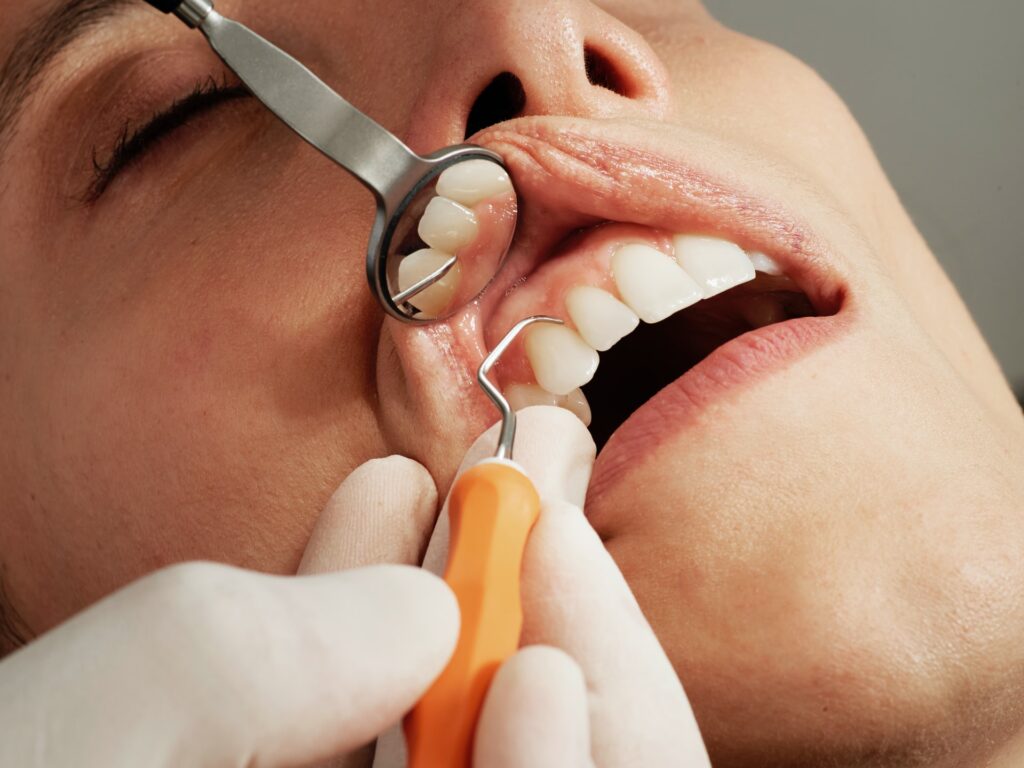
If you’re someone who experiences any of the following, you can opt for teeth bonding.
- Decayed teeth or cavities
- Teeth ware
- Discolored teeth
- Gaps between teeth
- Shorter teeth (in length)
- Misshapen teeth
Your dentist has the final say on whether or not teeth bonding is a treatment of choice.
Why Composite?
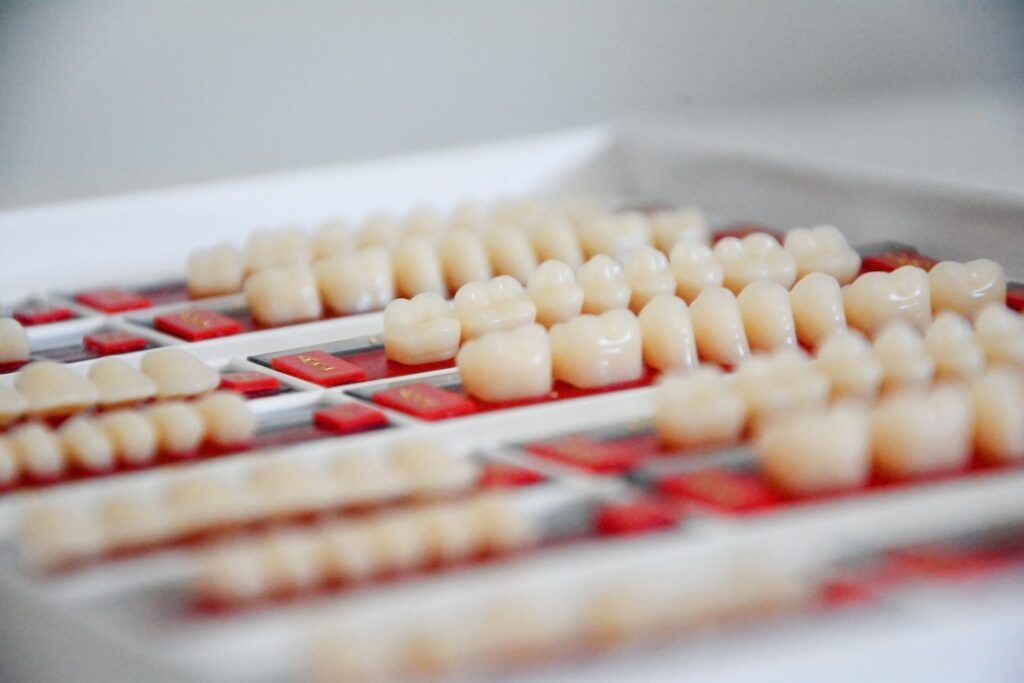
The reasons why composite is the preferred material of choice for teeth bonding are because –
- No drilling
- No injections
- Non-invasive
- No injections
- Very moldable
These properties allow the dentist to apply and shape the resin according to the preliminary design, thereby perfecting the patient’s smile.
Teeth Bonding – Before and After
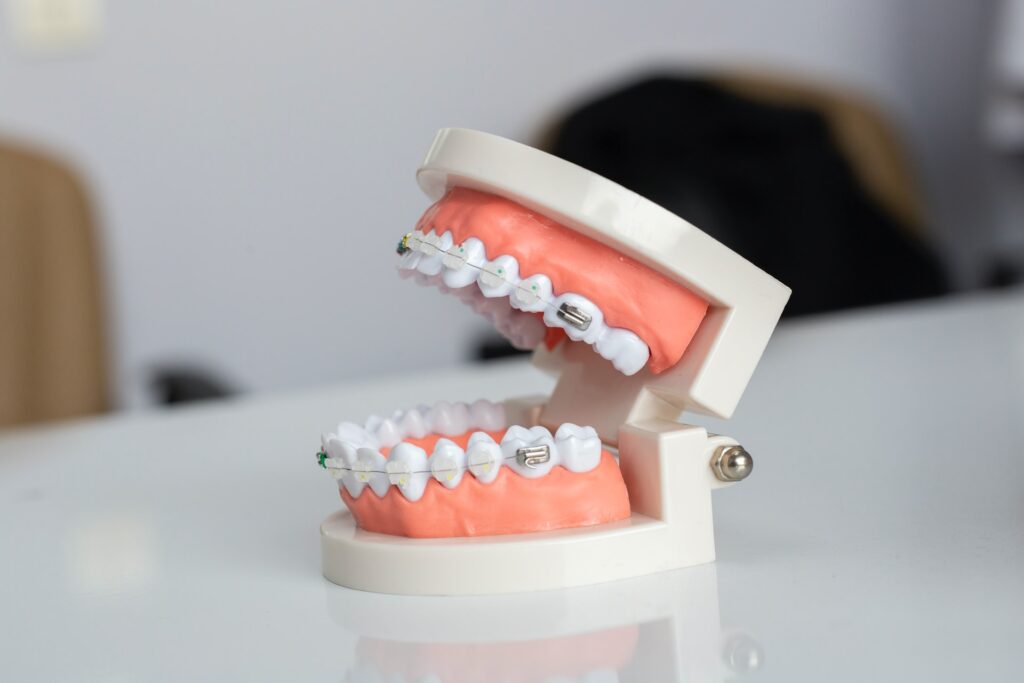
Before Composite Bonding
Bonding is usually recommended in areas of the mouth receiving low bite pressure, like the front teeth. Additionally, teeth that require minor repair are also great for bonding. If your teeth are severely decayed or receive higher bite pressure, your dentist might not suggest teeth bonding.
Once you’re given the go-ahead by your dentist at White House Dental, the first step involves tooth preparation. In this step, the damaged portion of your teeth is roughened. This helps the bonding material to stick properly to the surface.
Your dentist might numb the area they’re working on if the damage is severe to prevent unnecessary pain or discomfort.
During Composite Bonding
- The composite resin that matches your natural tooth is matched before the tooth surface is being roughened.
- The composite resin is applied to the damaged tooth. It molds to and fills in any chips or cracks to make the tooth appear straighter. The resin is indistinguishable from the natural enamel.
- A special light is used to harden and set the resin.
- Once it’s set, your dentist will ask you to bite down and let them know if you feel an excess of the material. The extra resin is smoothed away.
- The process is repeated until the desired results are achieved.
After Composite Bonding
Aside from being a pretty simple procedure, teeth bonding has an added advantage – you don’t have to follow a distinct care regimen.
The bonding might feel weird at first because our mouths are very sensitive to change. This will make you feel that your teeth have become oddly shaped or wider after the procedure. Over time, the added resin will become less noticeable. So don’t fret about it – you’ll get used to it, just like any other dental treatment.
Risks Of Teeth Bonding
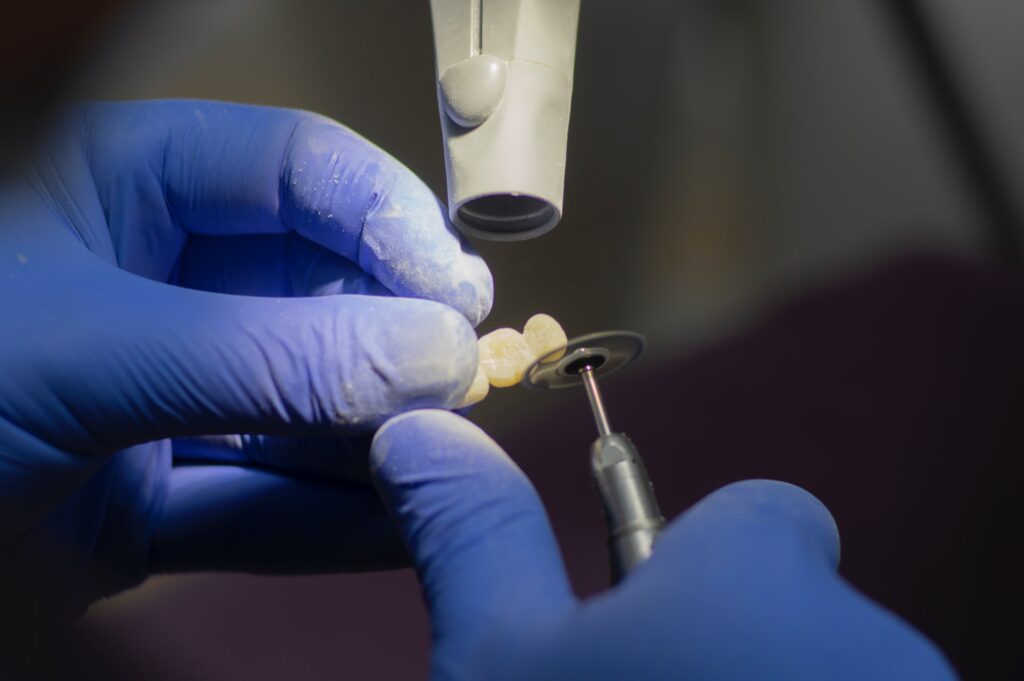
While teeth bonding doesn’t carry any major risk, certain things should be kept in mind.
The resin used in this procedure isn’t as strong as natural teeth. So the composite can chip or break apart from the tooth. This can happen if you chew on pens and pencils, eat ice, bite down on hard candy or foods, or bite your fingernails.
The composite resin isn’t resistant to stains either. So if you’re consuming pigmented foods and drinks (coffee, tea, red wine, etc.), chances are you’ll experience discoloration. Stains can also be caused by smoking.
How Long Does Teeth Bonding Last?
How long does the bonding lasts depends on the amount of bonding that was done along with your oral habits.
As mentioned earlier, bonded teeth aren’t similar in strength to natural teeth. Biting down too hard can cause the bonding material to break. And they can also get stained should you indulge in coloured foods and drinks. In both instances, your bonding will require earlier replacement.
On average, teeth bonding lasts from 3 to 10 years before the need to touch up or replacing is met.
Caring For Bonded Teeth
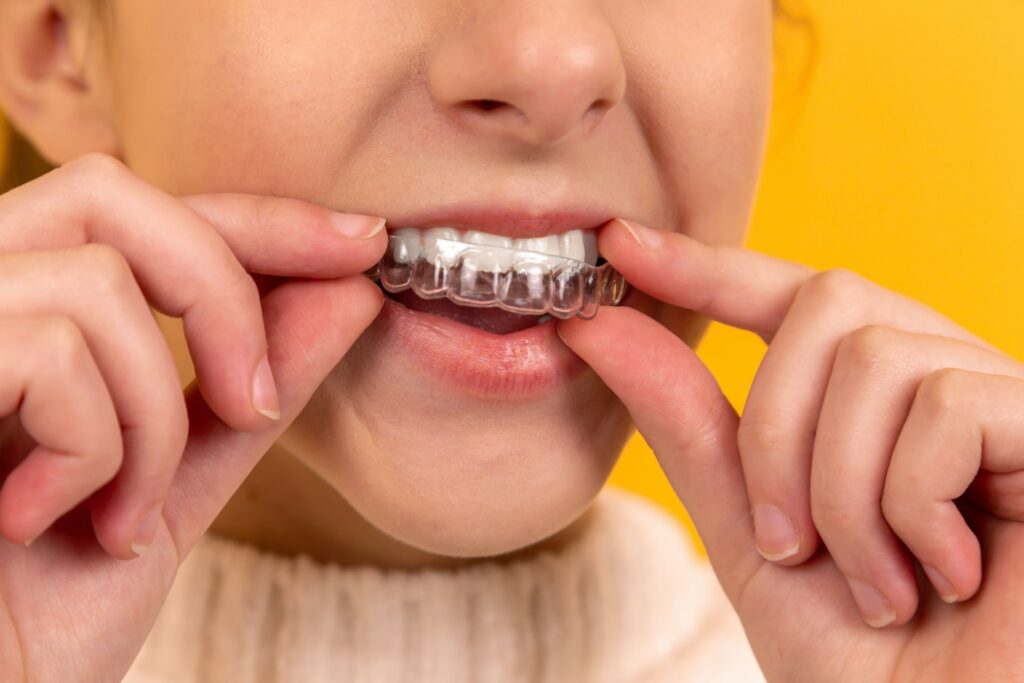
For teeth that are bonded, basic dental hygiene is mandatory. All you have to do is continue practicing good oral hygiene in the following ways –
- Brush your teeth twice daily
- Floss once a day
- Rinse your mouth using a mouthwash
- Visit your dentist regularly
Additionally, avoid smoking, coffee, and tea for the first couple of days after the procedure.
Avoid hard foods, candy, and biting your nails.
If you accidentally break or chip the bonding material or feel any sharp edges, get in touch with your dentist at The White House Dental Clinic.
Teeth Bonding – Advantages and Disadvantages
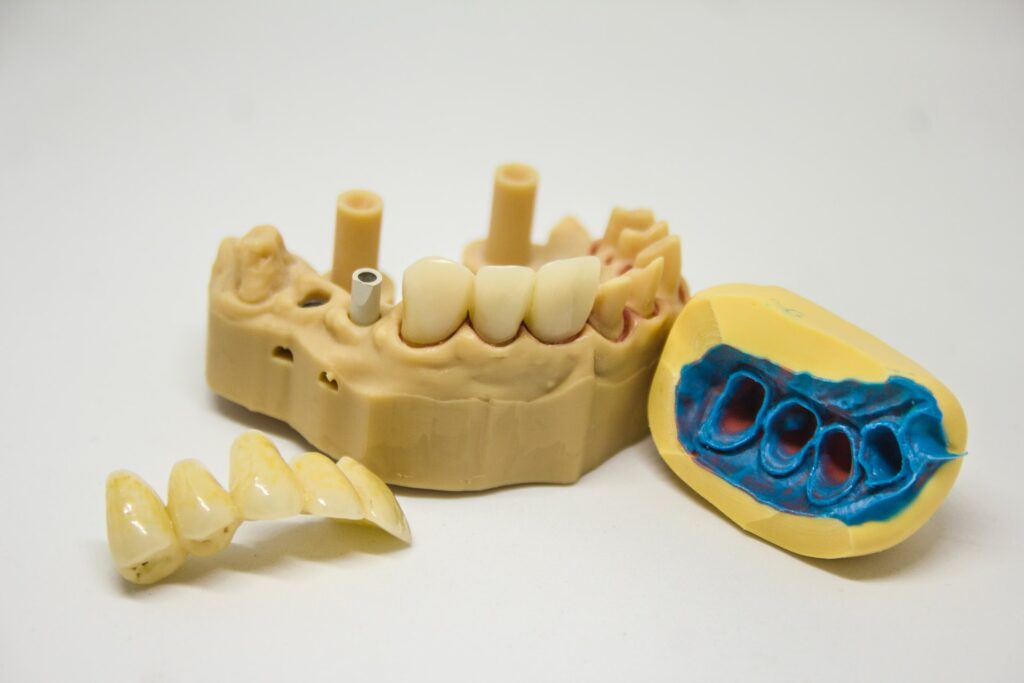
Advantages of Composite Bonding
- Done in a dental office in one appointment (unless extensive work needs to be done)
- The least amount of enamel removed (compared to veneers and crowns)
- Anesthesia is not usually required (unless cavity filling is done)
Disadvantages of Composite Bonding
- Resin doesn’t resistant staining as much as dental crowns
- Not as long-lasting as dental crowns or veneers
- Can chip and break in instances of high bite pressure
Owing to the limitations with teeth bonding, most dentists recommend the procedure for –
- Small cosmetic changes
- Short-term corrections
- Correcting issues with the front teeth (low bite pressure areas)
For additional information on teeth bonding, the process, and the cost, feel free to get in touch with The White House Dental Clinic.
Give us a ring at (042) 975 4833 to schedule an appointment today.


